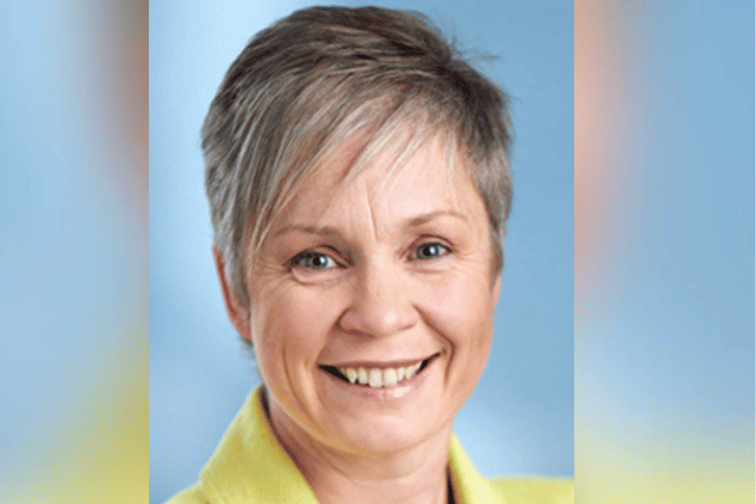

Captive insurance, a form of self-insurance where a parent company or group creates its own licensed insurance company to provide coverage to itself, has traditionally been a tool for large organizations with more resources.
But small to mid-sized businesses are increasingly looking at self-insurance options, including captive insurance, amid one of the hardest property insurance markets in decades.
Ellen Charnley (pictured), president of Marsh Captive Solutions, told Insurance Business that this was the motivation behind risk financing product ReadyCell.
“We felt that there was a huge part of the market that was unable to access client captives because they were perceived as being too expensive or less cost-efficient for many organizations to consider,” said Charnley.
“We had this hypothesis that if we could drive down the costs of formation through technology and optimization, then we could potentially make captives more readily available for that market segment.”
ReadyCell is an AI-powered platform that allows organizations to form their own insurance company within minutes as part of Marsh’s mangrove protected cell facility in Washington, DC.
Users can immediately begin to insure a single line of coverage or a single layer within a larger insurance program through the offering. It is available to all organizations, including those outside the US. But for now, the platform only operates in English.
“It's available to any organization, large or small, in any industry. But we envisage [the product being] for small companies that might be interested in having a captive,” Charnley said.
Readycell is an initiative three years in the making, she added, that aimed to simplify the formation of a captive entity.
“When you think about the traditional process of forming a captive, it involves doing an analysis, determining what would go in that captive, [conducting] a feasibility study… it can take several weeks to months, sometimes years, to get [a captive] off the ground,” said Charnley. “With ReadyCell, we're almost reversing that process.”
She explained that the ease and cost efficiency of ReadyCell enable organizations to set up captives so that they are ready and available should the need arise. Captives can stay empty for up to 18 months.
“You may not know what you want to do with it today, but tomorrow, when you may need it on a property renewal, for example, when you need to plug a layer or write an excess layer as part of the property program, you’ve got it right there,” Charnley continued.
“It’s for organizations that may not even know they need a captive. But they think, why not? It's so reasonably priced, it would be silly not to have it in my toolbox.”
What has allowed Marsh to bring down costs and speed up captive formation is artificial intelligence. The ReadyCell platform simplifies complex regulatory approval processes.
“We have strict regulators, and Marsh has strict ‘know your client’ requirements. We don’t have to go through those requirements as the regulators when they approve captive licenses,” Charnley said.
“Through a combination of public data, proprietary risk assessment algorithms, digital signatures, and AI, we can evaluate applications and generate a human-friendly risk assessment.”
Clients can also eventually add more lines of coverage after setting up through ReadyCell.
“ReadyCell itself is simple, keeping in mind that we want to drive cost efficiency and lower those costs to allow those barriers to entry to be lower,” Charnley said.
“So, to stay cheaper, we're saying that one line of coverage needs to exist. But if a client decides to add more lines of coverage at any point to the cell, they're certainly allowed to do so.”
What are your thoughts on captive insurance and Marsh’s ReadyCell offering? Please share them in the comments.
